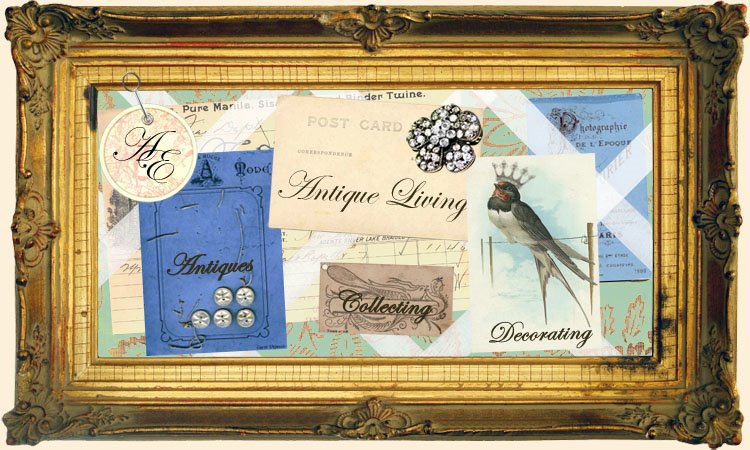Saturday, February 1, 2014
Super Bowl Style
Labels:
7 For All Mankind,
Aaiko,
American Vintage,
Butter London,
Essie,
fashion,
Givenchy,
Gucci,
Ippolita,
KENNETH JAY LANE,
Missoni,
polyvore,
Puma,
Pura Vida,
Sprout Watches,
style,
Victoria's Secret
Friday, December 13, 2013
Saturday, April 13, 2013
Lafayette Cemetery, New Orleans
When we think of cemeteries we usual think of the creepy , scary, dark place from the horror films. But actually cemeteries can be a peaceful place, full of history and architectural gems.
I can think of no better example than Lafayette Cemetery in New Orleans.
One can spend hours here, exploring and delving into the rich history.
I can think of no better example than Lafayette Cemetery in New Orleans.
One can spend hours here, exploring and delving into the rich history.
Lafayette Cemetery was established in 1833 in what is now known as the Garden District for
"Les Americaines" (the Americans). In 1833, this area was known as the city of Lafayette.
It was part of the Livaudais plantation which was subdivided into city squares in 1832.
This city square was acquired from Cornelius Hurst and the cemetery was laid
out by the city surveyor Benjamin Buisson.
"Les Americaines" (the Americans). In 1833, this area was known as the city of Lafayette.
It was part of the Livaudais plantation which was subdivided into city squares in 1832.
This city square was acquired from Cornelius Hurst and the cemetery was laid
out by the city surveyor Benjamin Buisson.
There are a number of different burial traditions practiced within the cemetery,
each with their own unique origins...
Family Tombs
These are the tombs which are most common in the cemetery and bring rise to the belief that above-ground burial is due directly to the city's inherent water problems. In fact this style originated in the Mediterranean region thousands of years ago and was introduced to
New Orleans and other New World colonies by the French and Spanish. Tombs, mausoleums
and other raised, non-earthen, burial styles are common in most regions of the world with
a strong Latin, Roman Catholic tradition.
When there is large number of names on a tomb, a technique called
"unlimited interment" is employed.
"unlimited interment" is employed.
Once a coffin or casket is placed into a tomb or other interment vehicle, it is sealed with brick
and mortar or covered with soil. In the case of vaults and family tombs, a process of
laying a simple brick "wall" before the vault entrance. After the minimum period has
gone by, (usually "one year and one day", based upon Judeo-Christian mourning rituals),
the vehicle may be re-used, if needed, by simply removing the seal,
separating the human remains from what is left of the casket ,
and replacing the remains back into the tomb
(either pushed to the rear of the vault, or placed in the bottom).
and mortar or covered with soil. In the case of vaults and family tombs, a process of
laying a simple brick "wall" before the vault entrance. After the minimum period has
gone by, (usually "one year and one day", based upon Judeo-Christian mourning rituals),
the vehicle may be re-used, if needed, by simply removing the seal,
separating the human remains from what is left of the casket ,
and replacing the remains back into the tomb
(either pushed to the rear of the vault, or placed in the bottom).
Cremation was an early form of preparing the dead for burial. The shape of the container in
which the ashes were placed may have taken the form of a simple box or a marble vase,
but no matter what it looked like it was called an "urn,"
derived from the Latin uro, meaning "to burn."
As burial became a more common-practice, the urn continued to be closely
associated with death. The urn is commonly believed to testify to the death
of the body and the dust into which the dead body will change,
while the spirit of the departed eternally rests with God.
The cloth draping the urn symbolically guarded the ashes.
The shroud-draped urn is believed by some to mean that the soul has departed
the shrouded body for its trip to heaven. Others say that the drape
signifies the last partition between life and death.
The inverted torch is a true cemetery symbol, symbolizing a life extinguished.
Chalmette Fire Co # 23
This is author Ann Rice's Family tomb, made famous by the movie Interview with a Vampire
starring Brad Pitt and Tom Cruise.
The organization of the Society for the Relief of Destitute Orphan Boys,
caring for white male orphans, had its origin around 1824.
A tomb for a member of the "Woodmen Of The World ", - the largest fraternal benefit society with open membership in the United States, Woodmen of the World was founded in Omaha, Nebraska, by Joseph Cullen Root on June 6, 1890.
Records show that 7,849 people died in New Orleans in 1853 due to yellow fever.
Although this year represents the highest single-year figures, death tolls in previous
and subsequent years throughout the 19th century often approached the levels of 1853.
The total between 1817 and 1905 was in excess of 41,000. Studies will also show that
the vast majority of victims were of immigrant stock; as yellow fever is a viral infection,
previous infection by a less deadly strain would mostly serve to inoculate against
future infection. For this reason it was mistakenly believed that African-Americans
were immune to the infection, while in fact it was simply because they had
inhabited the region for generations and had developed immunities.
Many people die at twenty five
and aren't buried
until they are seventy five.
-Benjamin Franklin
Tuesday, January 22, 2013
Weight Watching through the Years
This is for all of us who every year try to make that same old New Years resolution to lose weight.
January is almost gone and February is right around the corner. I wonder if I will ever stick with my New Years Resolution.We have all tried many diets with not the greatest results. I have discovered this is not just a modern day dilemma. The "remedy" for weight loss has tempted many of us consumers since the turn of the 20th century. Take a look at these absurd and hilarious weight loss advertisements through the years.
This AD from a 1960's Vogue says I can cover up
January is almost gone and February is right around the corner. I wonder if I will ever stick with my New Years Resolution.We have all tried many diets with not the greatest results. I have discovered this is not just a modern day dilemma. The "remedy" for weight loss has tempted many of us consumers since the turn of the 20th century. Take a look at these absurd and hilarious weight loss advertisements through the years.
This AD is from the 1920's
This Ad from the 1920's is offering
a free solution only to fat men and women.
Another AD from the 1920's is suggesting I ask my
slender friends how to end it ?
The weight loss answer in 1940? Bile Beans
Obesity Soap?
If Sugar was the answer than I should be a size 2.
I guess I should have been eating my kids lunch all these years and not salads.
I must be damn cute.
This AD from a 1960's Vogue says I can cover up
all my bulges with this girdle.
3 teaspoons of sugar in the morning would be much easier than sectioning a grapefruit.
Can anyone tell me what bakery sells these donuts?
Tapeworms!
Fortunately, this “easily swallowed,” “sanitized,” and “jar packed” product proved ineffective.
Subscribe to:
Posts (Atom)




























































